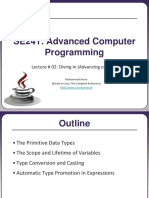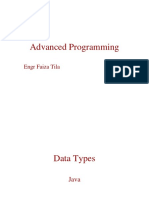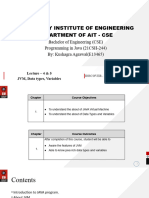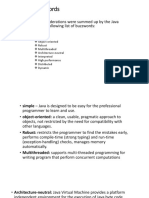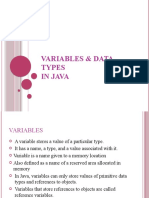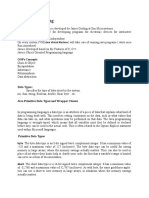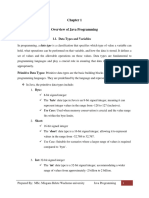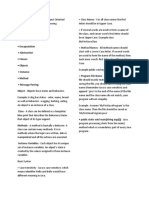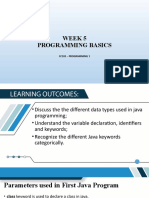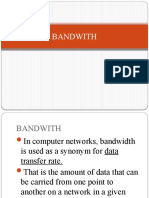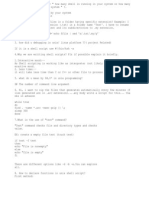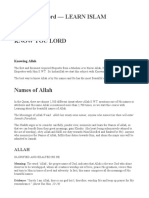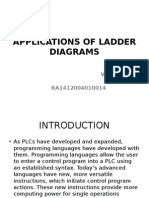0% found this document useful (0 votes)
47 views12 pagesChapter 2 - Data Types and Variables
The document discusses Java data types and variables. It defines primitive types like byte, short, int, long, float, double, char, boolean and reference types. It also describes identifiers, variables, declaring variables, scope and lifetime of variables, type conversion and casting, and Java's automatic conversions between data types.
Uploaded by
J A Y T R O NCopyright
© © All Rights Reserved
We take content rights seriously. If you suspect this is your content, claim it here.
Available Formats
Download as PDF, TXT or read online on Scribd
0% found this document useful (0 votes)
47 views12 pagesChapter 2 - Data Types and Variables
The document discusses Java data types and variables. It defines primitive types like byte, short, int, long, float, double, char, boolean and reference types. It also describes identifiers, variables, declaring variables, scope and lifetime of variables, type conversion and casting, and Java's automatic conversions between data types.
Uploaded by
J A Y T R O NCopyright
© © All Rights Reserved
We take content rights seriously. If you suspect this is your content, claim it here.
Available Formats
Download as PDF, TXT or read online on Scribd
/ 12






